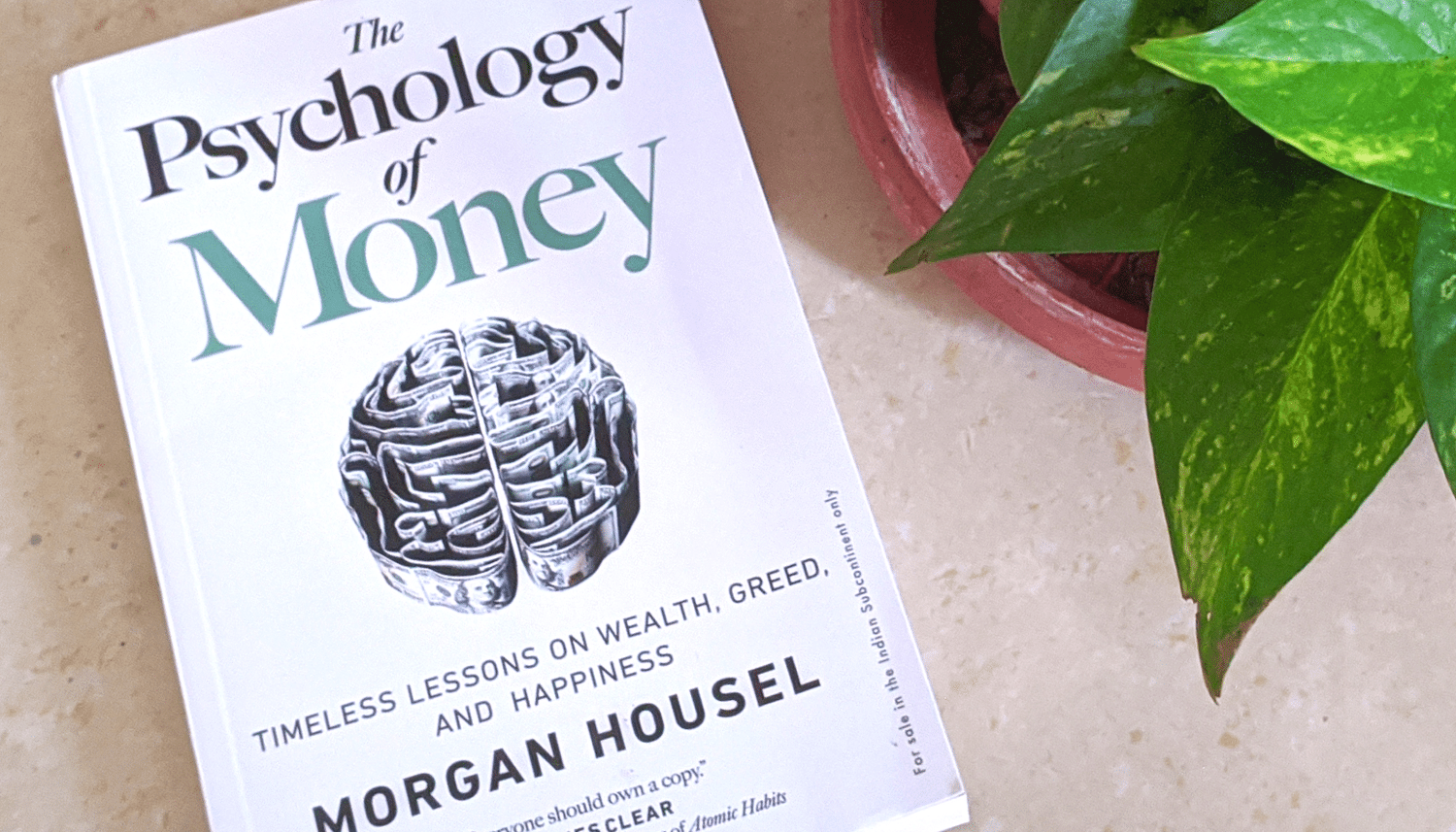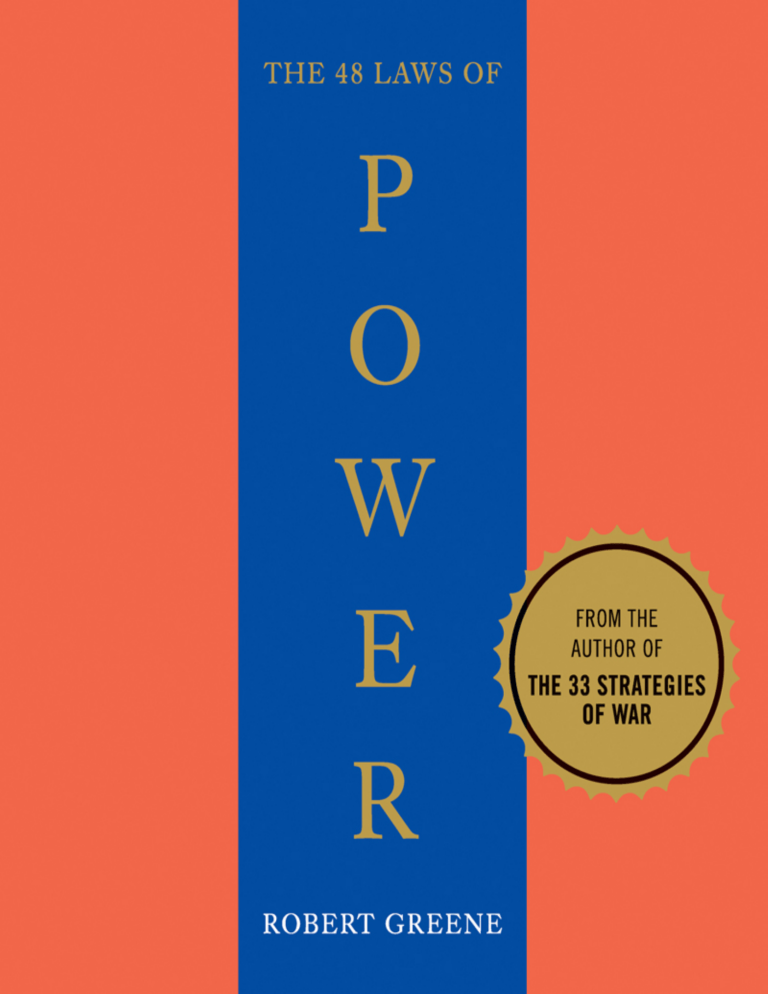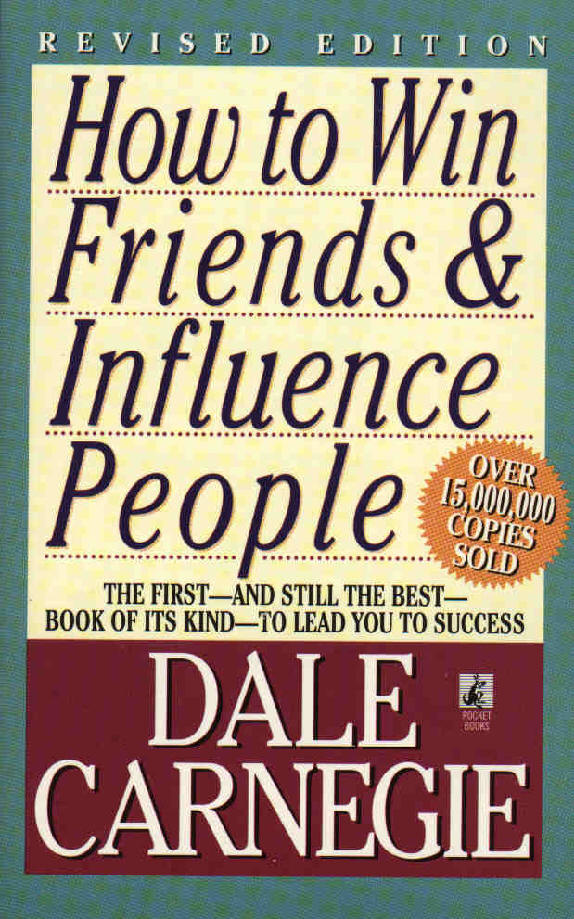Table of Contents
Have you ever felt overwhelmed by a mountain of tasks, unsure where to start, and ended up achieving very little? Procrastination is a common enemy that prevents us from reaching our full potential.
In Eat That Frog book summary, we examine the book “Eat That Frog: 21 Great Ways to Stop Procrastinating and Get More Done in Less Time,” by Brian Tracy which provides a powerful framework to overcome procrastination and boost productivity.
The core idea of the book is to identify your most important task each day – your “frog” – and tackle it first thing in the morning. This approach ensures that you dedicate your peak energy and focus to the task with the most significant impact on your life and work.
The book is packed with practical strategies and techniques to help you overcome procrastination. Here are some key takeaways:
“Every minute spent in planning saves as many as ten minutes in execution.”
Setting the Stage for Success

● Clarity is paramount: Define your goals clearly, both in your personal and professional life. Write them down to crystallize them and give them tangible form. The mere act of writing down your goals releases energy and motivation.
● Plan your day in advance: Create a detailed list of tasks, prioritize them, and sequence them logically. This eliminates decision fatigue and wasted time throughout the day. Making your list the night before allows your subconscious mind to work on it while you sleep, leading to new ideas and insights.
● Apply the 80/20 Rule: Focus on the 20% of tasks that contribute to 80% of your results. Identify these high-impact tasks and resist the urge to work on less important activities until they are complete.
● Consider the consequences: Evaluate tasks based on their long-term consequences. Prioritize those with significant positive consequences if completed or negative consequences if neglected.
● Practice the ABCDE Method: This technique involves assigning a letter (A, B, C, D, or E) to each task based on its importance and urgency.

○ “A” tasks are crucial and have serious consequences.
○ “B” tasks are important but less urgent.
○ “C” tasks are nice to do but have no real consequences.
○ “D” tasks are delegable.
○ “E” tasks are eliminable.
● Focus on completing “A” tasks before moving on to others.
“If the first thing you do each morning is to eat a live frog, you can go through the day with the satisfaction of knowing that that is probably the worst thing that is going to happen to you all day long.”
Optimizing Your Work Process

● Focus on key result areas: Identify the core areas where your work has the most significant impact and dedicate your energy to excelling in these areas.
● Obey the law of forced efficiency: Accept that there is never enough time for everything. Focus on the most important tasks and let go of the rest.
● Prepare thoroughly before you begin: Gather all necessary materials and resources to avoid interruptions and delays. A well-organized workspace fosters productivity.
● Do your homework: Continuously learn and upgrade your skills in your key result areas. This boosts your confidence and efficiency, making it easier to tackle those important tasks.
“The key to reaching high levels of performance and productivity is for you to develop the lifelong habit of tackling your major task first thing each morning.”
Unleashing Your Potential

● Leverage your special talents: Identify your unique strengths and focus on activities where you excel. This maximizes your impact and enjoyment.
● Identify your key constraints: Analyze what’s holding you back from achieving your goals. Address these bottlenecks to accelerate your progress.
● Take it one oil barrel at a time: Break down large, daunting tasks into smaller, manageable steps. Focus on completing one step at a time, which builds momentum and reduces overwhelm.
“Resist the temptation to clear up small things first.”
Mastering Time and Motivation

● Put pressure on yourself: Set deadlines and hold yourself accountable for meeting them. This instills a sense of urgency and drives you forward.
● Maximize your personal powers: Understand your peak energy times and schedule your most demanding tasks accordingly. Prioritize sleep, healthy eating, and regular exercise to maintain optimal energy levels.
● Motivate yourself into action: Be your own cheerleader, cultivate optimism, and focus on solutions. Visualize your goals and reinforce positive self-talk.
● Practice creative procrastination: Deliberately postpone or eliminate low-value activities to create more time for high-impact tasks. Learn to say “no” to non-essential requests.
Taking Action and Maintaining Momentum

● Do the most difficult task first: Start your day by tackling your biggest and most important task. This creates a sense of accomplishment and sets a positive tone for the rest of the day.
● Slice and dice the task: Use the “Salami Slice” or “Swiss Cheese” methods to break down large tasks into smaller, more manageable chunks. This makes it easier to get started and maintain momentum.
● Create large chunks of time: Schedule blocks of uninterrupted time for your most important work. Minimize distractions and focus intently during these periods.
“The more clear you are about what you want and what you have to do to achieve it, the easier it is for you to overcome procrastination, eat your frog and get on with the completion of the task.”
● Develop a sense of urgency: Cultivate an inner drive to move quickly and decisively. Take action instead of overthinking or delaying. This builds momentum and fosters a reputation for effectiveness.
● Single-handle every task: Focus on one task at a time and work on it until it is 100% complete. This maximizes your efficiency and reduces the time required for completion.
By consistently applying these 21 principles, you can transform your work habits and achieve remarkable results. Remember, success is a journey built on consistent effort and discipline. Start today by identifying your “frog” and make a commitment to “eat it” first thing in the morning.
“Your ‘frog’ is your biggest, most important task, the one you are most likely to procrastinate on if you don’t do something about it.”

Who Should Read “Eat That Frog!”?
- Professionals Seeking Career Advancement
- The book emphasizes the importance of focusing on key result areas, identifying and excelling in those tasks that directly contribute to career success.
- Principles like the ABCDE method, the 80/20 rule, and identifying key constraints offer practical strategies for professionals to prioritize tasks, maximize productivity, and demonstrate their value within their organizations.
- Tracy’s insights on leveraging special talents and continuously upgrading skills can help professionals accelerate their career growth by focusing on areas where they can make the most significant impact.
“There is never enough time to do everything, but there is always enough time to do the most important thing.”
- Individuals Struggling with Procrastination
- The book’s core message revolves around overcoming procrastination by tackling the most challenging task (“eating the frog”) first.
- Tracy offers practical techniques for breaking down overwhelming tasks into smaller, manageable steps, creating a sense of urgency, and developing the discipline to single-handle tasks until completion.
- By implementing these strategies, individuals can conquer procrastination and experience a greater sense of control and accomplishment in their lives.
- Anyone Feeling Overwhelmed and Time-Crunched
- The book provides a comprehensive framework for effective time management, including planning each day in advance, maximizing personal energy levels, and practicing creative procrastination to eliminate low-value activities.
- By implementing these principles, readers can optimize their time and energy to achieve greater balance and reduce feelings of overwhelm.
- Entrepreneurs and Business Leaders
- “Eat That Frog” offers valuable insights for entrepreneurs and business leaders on setting clear goals and objectives, identifying key constraints within their businesses, and focusing on the most impactful activities to drive growth and profitability.
- The principles of delegation, leveraging strengths, and developing a sense of urgency are particularly relevant for leaders seeking to maximize their effectiveness and the performance of their teams.
“Eat That Frog!” provides valuable insights and practical strategies for anyone seeking to improve their productivity, overcome procrastination, and achieve greater success in their personal and professional lives.
“Think on paper.”
Want to buy this book? Click on the link below to purchase a copy on Amazon.com
The Smart Owl Book Digest is a participant in the Amazon Services LLC Associates Program, an affiliate advertising program designed to provide a means for sites to earn advertising fees by advertising and linking to amazon.com.
Liked this Eat That Frog book summary? Read other book summaries here
You may also like:








Leave a Reply